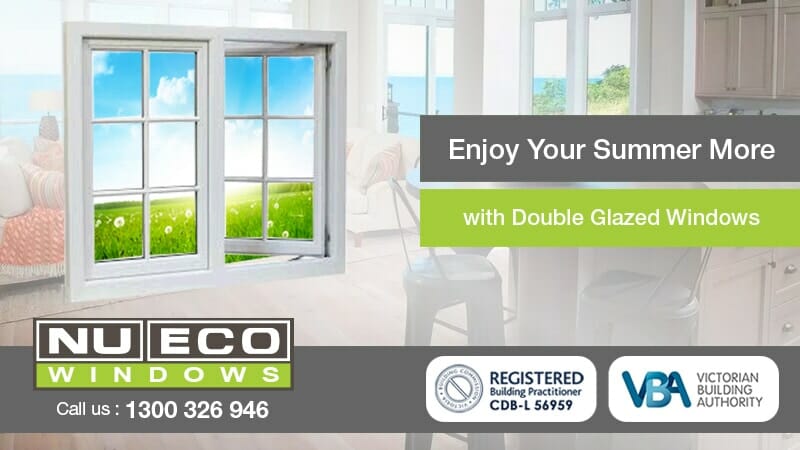All Categories
Featured
Table of Contents
Guide To Double Glazing – Functional And Energy Efficient in Inglewood Western Australia
Laminated glass is frequently utilized in areas in the house most vulnerable to injury from human effect such as bathrooms, doors, around staircases and in locations close to the flooring (it meets the requirements of 'safety glass' that is mandated for use in these locations by Australian Standard AS 1288 Glass in structures).
Toughened glass has actually been 'tempered' by being reheated and quickly cooled once again. This process makes it much more powerful than standard glass it can withstand greater impact loads prior to breaking. It also makes it more secure due to the fact that, when it does shatter, it burglarizes lots of small cubic pieces instead of harmful shards.
Windows Of Opportunity: Your Guide To High-performance ... in Koondoola Perth
Toughened glass has no thermal or acoustic benefits over other glass of the same toning or density. Secondary glazing is where single-glazed windows are retrofitted with a transparent acrylic or glass sheet connected to the within of the frame or openable sash with a secondary frame or with magnetic strips.


Secondary glazing will not perform as well thermally as a manufactured IGU, given that it is difficult to completely seal the boundary, but it can offer excellent sound control. Window films are a thin polymer film consisting of a taking in color or reflective metal layer, with an adhesive support. They adhere to your glazing to change its colour or make it reflective.
Plastic Window Frames - Best Plastic Double Glazed ... in Lathlain WA
Applied to existing glass, some window films can cut in half the general SHGC of the window by taking in and/or showing solar radiation. This can be especially advantageous in hotter climates where cooling is the primary issue, or on east and west elevations directly exposed to long periods of sunlight. Window movies might likewise decrease noticeable light transmittance.
For this factor, it is usually best to utilize an accredited installer of window film. Frames have a significant effect on the thermal efficiency of windows and doors, due to the fact that energy can be acquired and lost through the frame, along with through the glass. Different types of frame will allow various levels of heat gain and loss, so mindful choice of frame is important for effective passive style.
Summer Scorcher Predicted, Again! Double Glazed ... in White Gum Valley WA
Aluminium is likewise an extremely excellent conductor of heat and will reduce the insulating value of a glazing unit, unless specifically engineered to minimize this. A 'thermally broken' frame is made up of 2 aluminium areas linked by a structural insulator (generally a low-conductivity structural polymer). This 'breaks' the thermal connection through the aluminium and reduces the heat flowing through the frame.
Lumber frames are an excellent natural insulator that can suit some house styles. Wood frames need to be made from species that have naturally high toughness or be dealt with to prevent decay and deformation.
Double Glazing - Albury - Twin Cities Glass in Melville Perth
Nevertheless, this can lead to spaces that enable air infiltration unless excellent draught sealing (weather condition removing) is installed. u, PVC is a type of plastic (unplasticised polyvinyl chloride, likewise called stiff PVC). u, PVC frames offer exceptional thermal performance, typically better than wood or thermally broken aluminium. u, PVC is long lasting and requires really little upkeep, and can be moulded into complex profiles that offer excellent air seals.
u, PVC windows and doors have excellent thermal performance Picture: Ben Wrigley (Light House Architecture and Science) Composite frames use aluminium profiles on the outer sections with either a wood or u, PVC inner area. These integrate the low upkeep and resilience of aluminium with much enhanced thermal efficiency.
Table of Contents
Latest Posts
Benefits Of Double Glazing Low-e in Applecross Western Australia
Double Glazing Windows - Prices And Installers Near You in East Fremantle Perth
Triple Glazing & Triple Glazed Windows - Hampshire in Innaloo WA
More
Latest Posts
Benefits Of Double Glazing Low-e in Applecross Western Australia
Double Glazing Windows - Prices And Installers Near You in East Fremantle Perth
Triple Glazing & Triple Glazed Windows - Hampshire in Innaloo WA